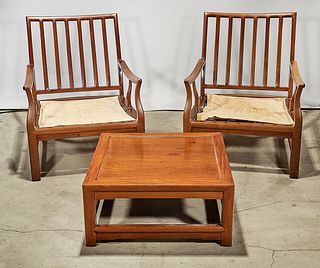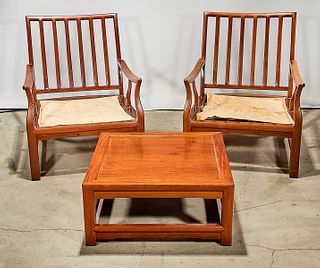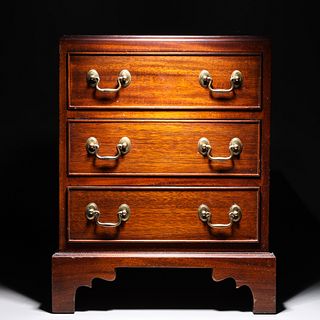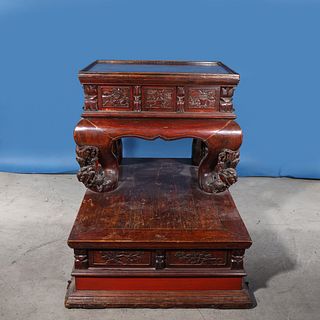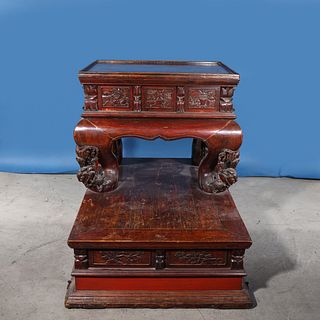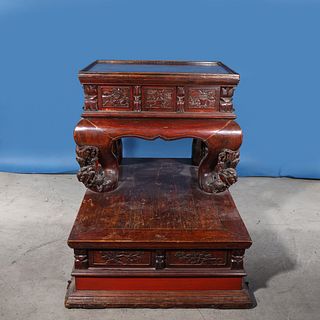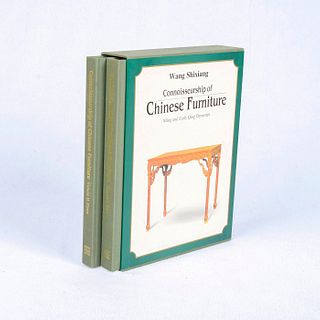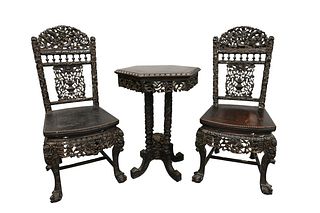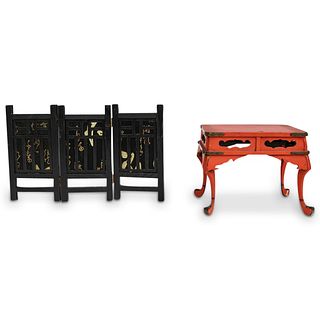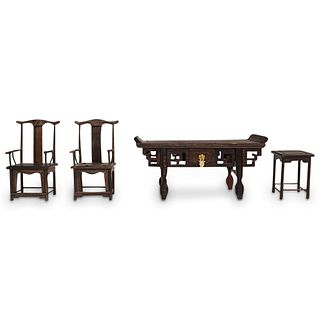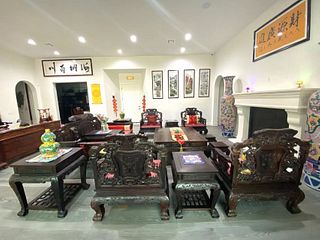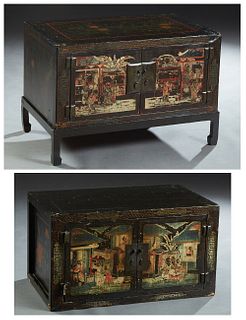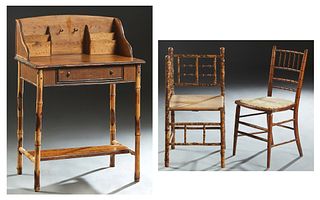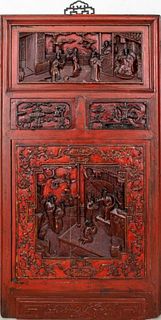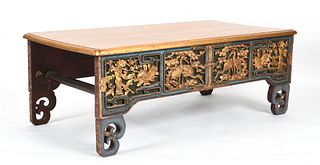7329 Results
Sort by
-
 Estimate$200 - $400
Estimate$200 - $400 -
 Estimate$800 - $1,200
Estimate$800 - $1,200 -
 Estimate$600 - $800
Estimate$600 - $800 -
 Estimate$200 - $300
Estimate$200 - $300 -
 Estimate$1,000 - $1,500
Estimate$1,000 - $1,500 -
 Estimate$300 - $500
Estimate$300 - $500 -
 Estimate$250 - $350
Estimate$250 - $350 -
 Estimate$400 - $800
Estimate$400 - $800 -
 Estimate$400 - $600
Estimate$400 - $600 -
 Estimate$700 - $900
Estimate$700 - $900 -
 Estimate$400 - $600
Estimate$400 - $600 -
 Estimate$150 - $300
Estimate$150 - $300 -
 Estimate$100 - $200
Estimate$100 - $200 -
 Estimate$300 - $500
Estimate$300 - $500 -
 Estimate$150 - $250
Estimate$150 - $250 -
 Estimate$200 - $400
Estimate$200 - $400Chinese Mahogany And Black Lacquer Finish Cabinet 1980, H 32" W 32" Depth 18"
Est.$200 - $4002 BidsSold for$225 -
 Estimate$400 - $600
Estimate$400 - $600Chinese Teakwood Altar Table , Mortise And Tenon Joinery 19th.c., H 35" W 14" L 6'
Est.$400 - $6005 BidsSold for$650 -
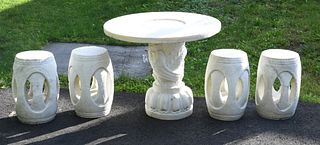 Estimate$500 - $1,000
Estimate$500 - $1,000 -
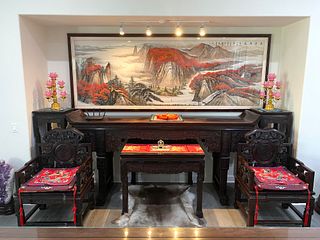 Estimate$18,000 - $1,000
Estimate$18,000 - $1,000 -
 Estimate$200 - $300
Estimate$200 - $300



 EUR
EUR CAD
CAD AUD
AUD GBP
GBP MXN
MXN HKD
HKD CNY
CNY MYR
MYR SEK
SEK SGD
SGD CHF
CHF THB
THB Live Auction in Progress
Live Auction in Progress


